Soap Making on the Old West Homestead
Soap Making on the Old West Homestead
.
21st Century people buy any kind of soap we want. Readily available soap costs little and comes in a unlimited scents. We choose from countless manufacturers. Individuals select from liquid preparations, body-washes, bar form and powders. Better yet, it’s designed for laundry or shampoo or housecleaning or bathing. It smells good. It’s effective. Many varieties are gentle on the environment.
What did people on frontier homesteads do for soap? They made it from animal fat, wood ashes, and water. The fat had to be boiled (refined) and the hardwood ashes leached for a weak lye solution. Sounds like a whole lot of messy, smelly, hot work.
Homesteaders invested an entire day on this chore just once or twice a year.
.
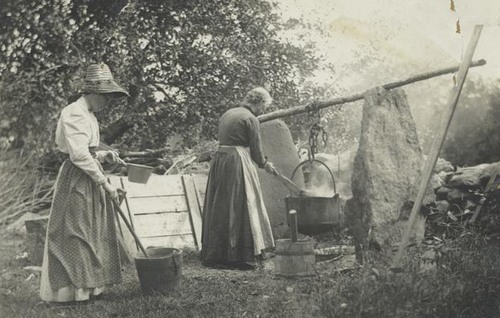
Photo: Old Fashioned Soap Making. Image courtesy of Pinterest.
.
GRANDMA’S LYE SOAP
.
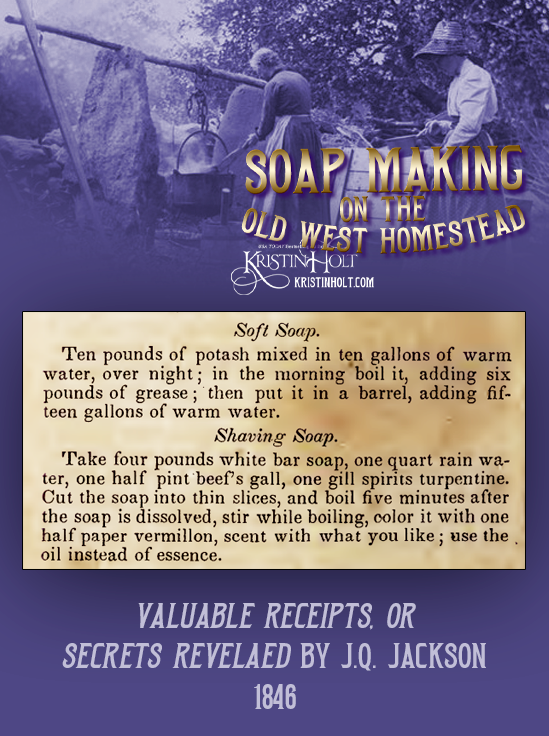
Receipts (Recipes) for Soft Soap and Shaving Soap published in Valuable Receipts, or Secrets Revealed by J. Q. Jackson, 1846.
.
Take fat scraps and lye and boil together. Lye made by pouring water over ashes and letting it drip into a container.
To make lye, wood ashes were saved. Hardwood ashes were preferred, as many soft woods would not make good lye. Fat rinds, drippings, grease and boiled-down entrails were used in making soap. Usually, enough soap was made at one time to last a year. Bones were also used, as lime improved the quality of the soap. The bones were boiled down when the moon was full, of course.
Two quarts of boiled lime were added to each barrel of ashes to neutralize certain salts, which lowered the quality of the soap. Limerock layers were often interbedded with ashes in the ash barrel or layer trough. the alkali in the ashes was dissolved with water. when the lye became deep red in color and when the liquid would float an egg or potato half above the surface of the mixture, it was ready! Boil with grease until firm. Allow to harden and break into small pieces. [Source: Rocky Mountain Receipts Remedies]
.
.
COLD SOAP
.
Boil lye and grease. Twelve pounds of grease were used to make a barrel of soft soap, or three pounds to a pail of strong lye. When a thick scum of grease has formed on top, the lye has absorbed its quota and more lye can be poured in. For soft soap, remove kettle when contents form a clear mass. Place in crock by family wash basin. A barrel of ashes and twelve pounds of grease would produce forty pounds of soap. Turpentine and salt were also added in minute amounts to improve quality. [Source: Rocky Mountain Receipts Remedies]
Note that these old-time recipes don’t explain much about how to come by the necessary lye, or how to render the animal fat. Both preparatory processes were time-consuming, hard work, and relied upon judicious housekeeping. Homesteaders reserved every bit of fat from meat and all ashes cleaned from campfires, stoves, and hearths.
See the recipe specifying potash for making soft soap, below.
.
Soft Soap, Perfumed Soap
.
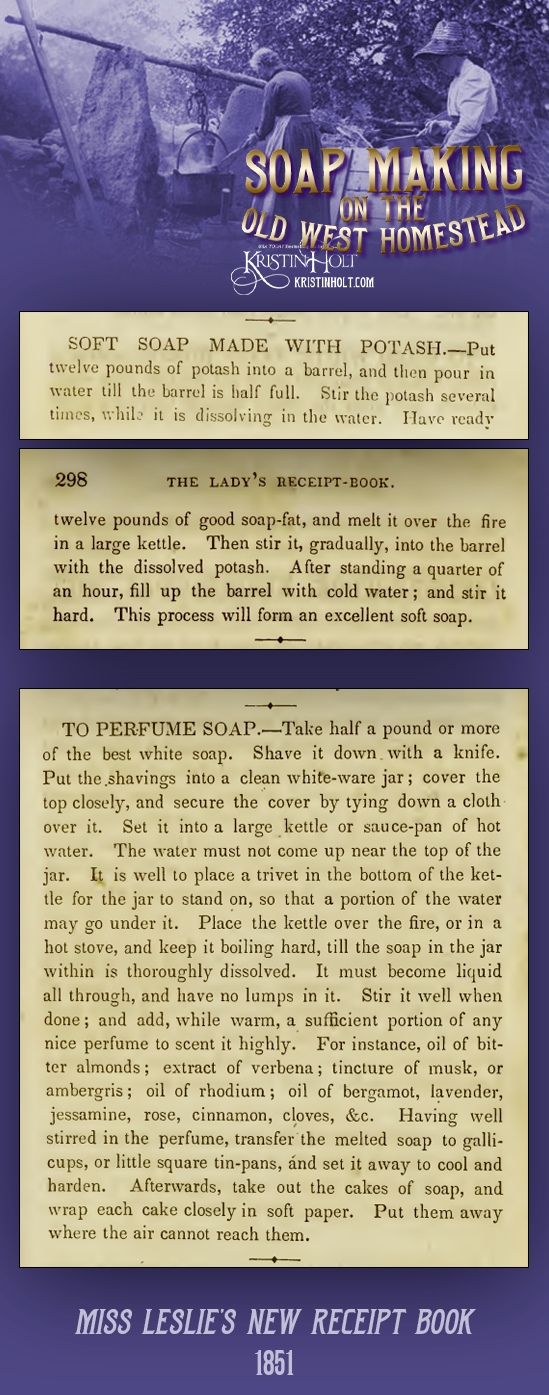
Soft Soap recipe Made With Potash, and To Perfume Soap, both published in Miss Leslie’s New Receipt Book, 1851.
.
MAKING LYE
.
Homesteaders saved wood ashes in a hopper, a contraption built to allow water filtration through the ashes. Water leached lye from ashes, but the result still too weak for use. Housekeepers (wives) boiled the lye solution, usually on an outdoor fire, slow and long. This process concentrated the solution enough for use in soap making.
.
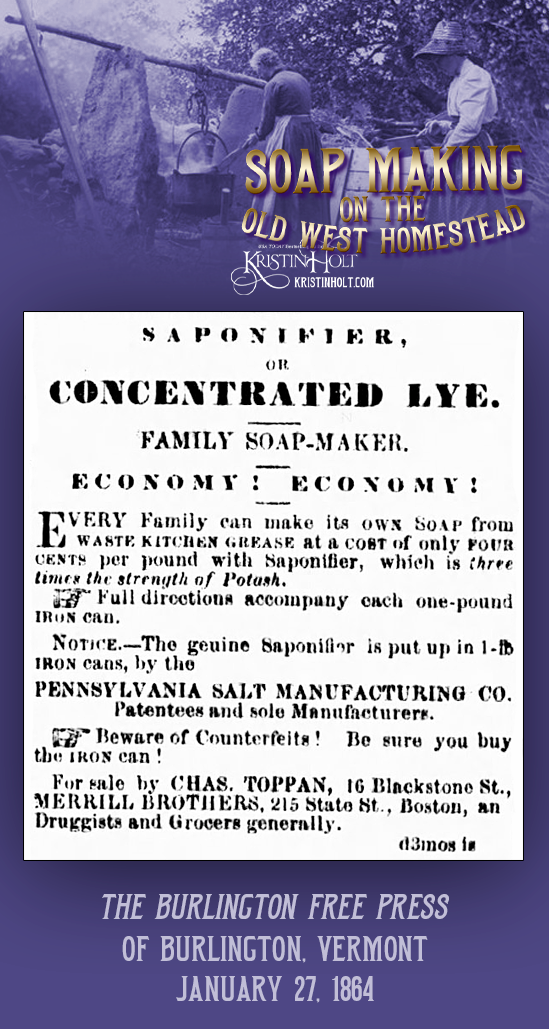
Advertisement for Saponifier, or Concentrated Lye for family soap making, touted as three times the strength of potash. Published in The Burlington Free Press of Burlington, Vermont on January 27, 1864.
.
More Hard Soap and Soft Soap Recipes
.
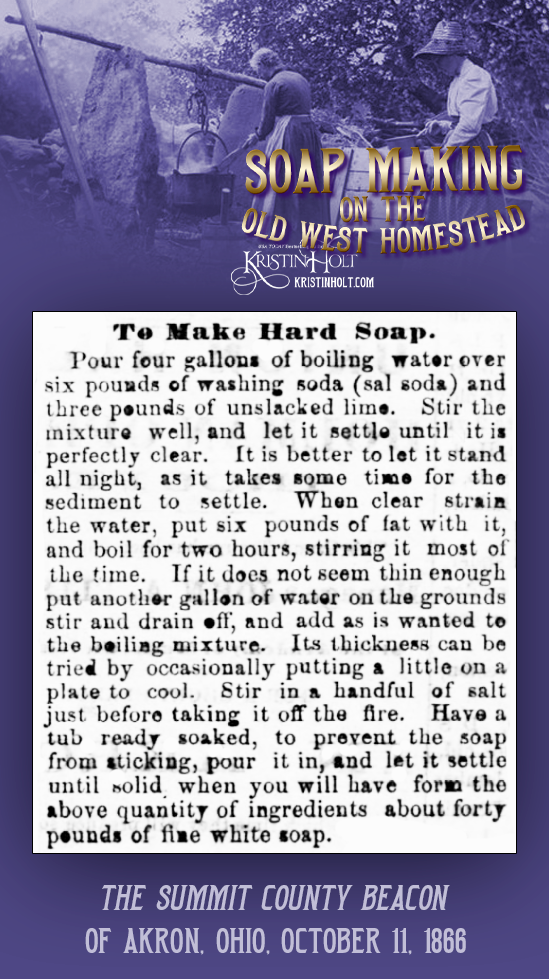
Hard Soap Recipe and instructions published in The Summit County Beacon of Akron, Ohio, October 11, 1866.
.
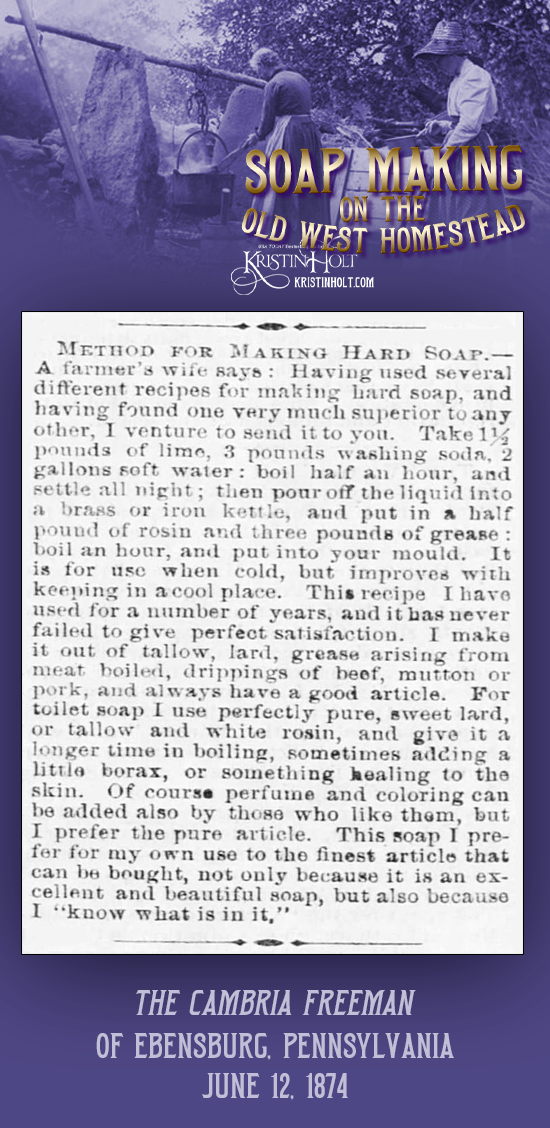
“Method for Making Hard Soap” published in The Cambria Freeman of Ebensburg, Pennsylvania on June 12, 1874.
.
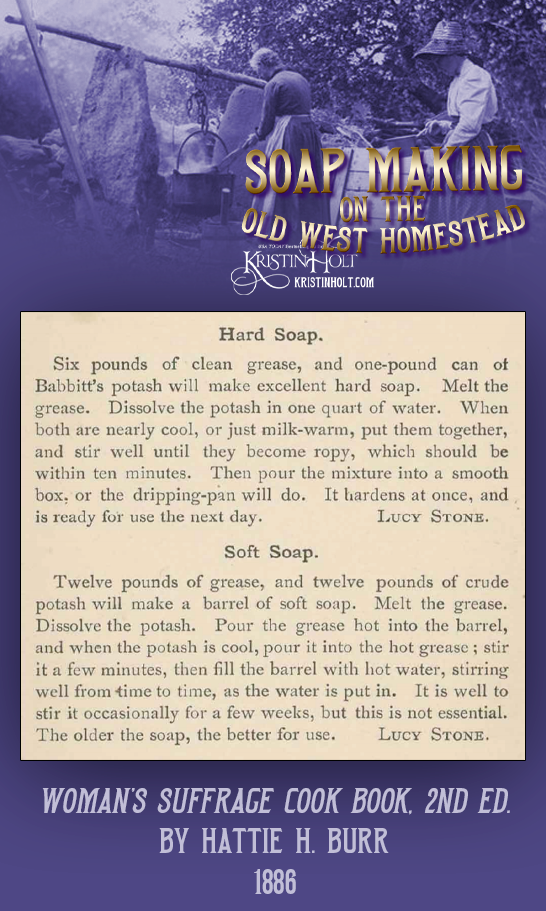
Recipes for Hard Soap and Soft Soap published in Woman Suffrage Cook Book, 2nd Edition, by Hattie H. Burr, 1886.
.
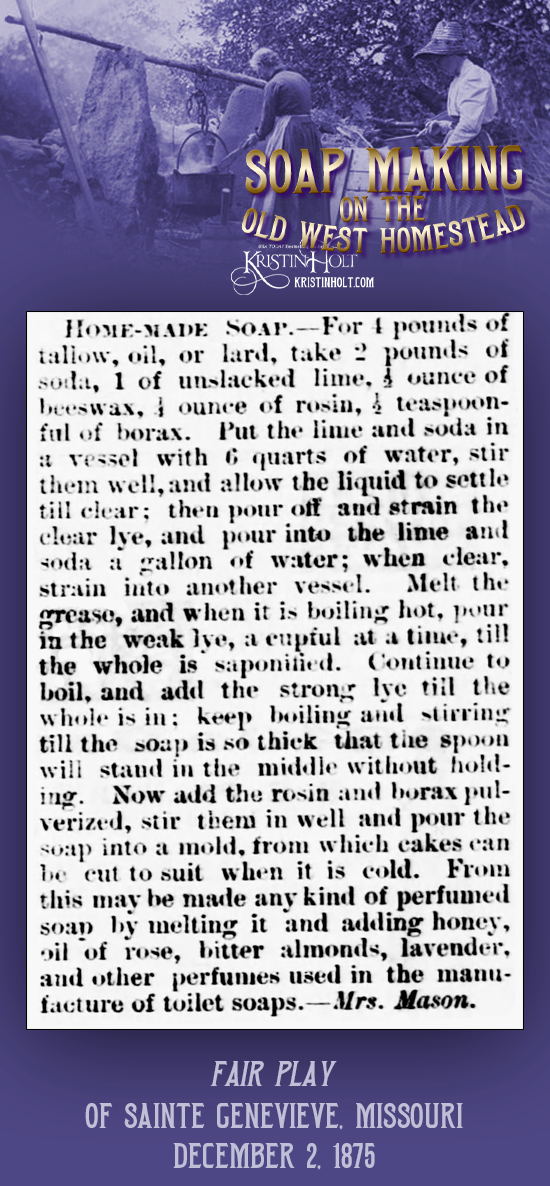
Homemade Soap recipe calls for fat (tallow, oil, or lard), soda, unslacked lime, beeswax, rosin, and borax. Published in Fair Play newspaper of Sainte Genevieve, Missouri on December 2, 1875.
.
RENDERING FAT
.
Grease leftover from cooking, along with uncooked animal fats from the butchering process would be saved (yuck!) until the once or twice-a-year soap-making event. This smelly job took all day (or longer) and was conducted outdoors as to not be trapped inside with the most unpleasant odors. Fats were combined with an equal quantity of water and boiled slow and long. Eventually the water and impurities would fall to the bottom, and the rendered fat (desirable end-product) would rise to the top. The pot would be removed from the fire, allowed to cool, and the separated rendered fat to harden.
.
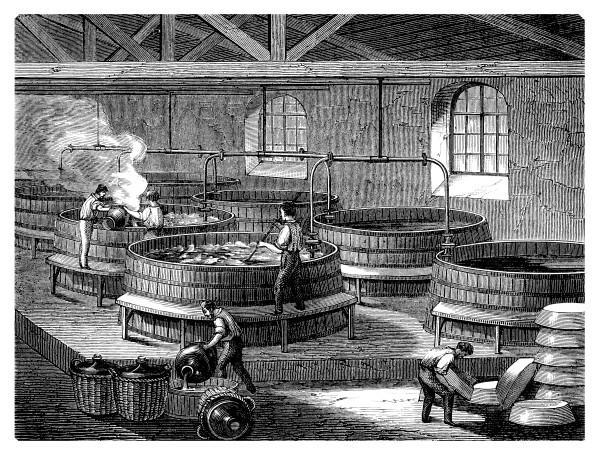
Soap Factory – Fabrication du Savon – 19th century : ca 1870
.
COMMERCIAL SOAP
.
Soap-making companies have been around (in the United states) since the very early 1800’s. The commercial soap company Peet Brothers Co., Kansas City, KS, was in business as early as 1872. Urban legend suggests Ivory Soap’s debut was little more than absentmindedness when a soap maker left his station at Proctor and Gamble for his lunch break in 1879 without turning off the machine. Extra air was whipped into the white soap, creating a “mistake” people kept asking for. This myth was debunked when archivists discovered chemist James N. Gamble’s notes regarding the process of creating this better soap formula. The company used the slogan “the soap that floats” in the early 1890’s.
.
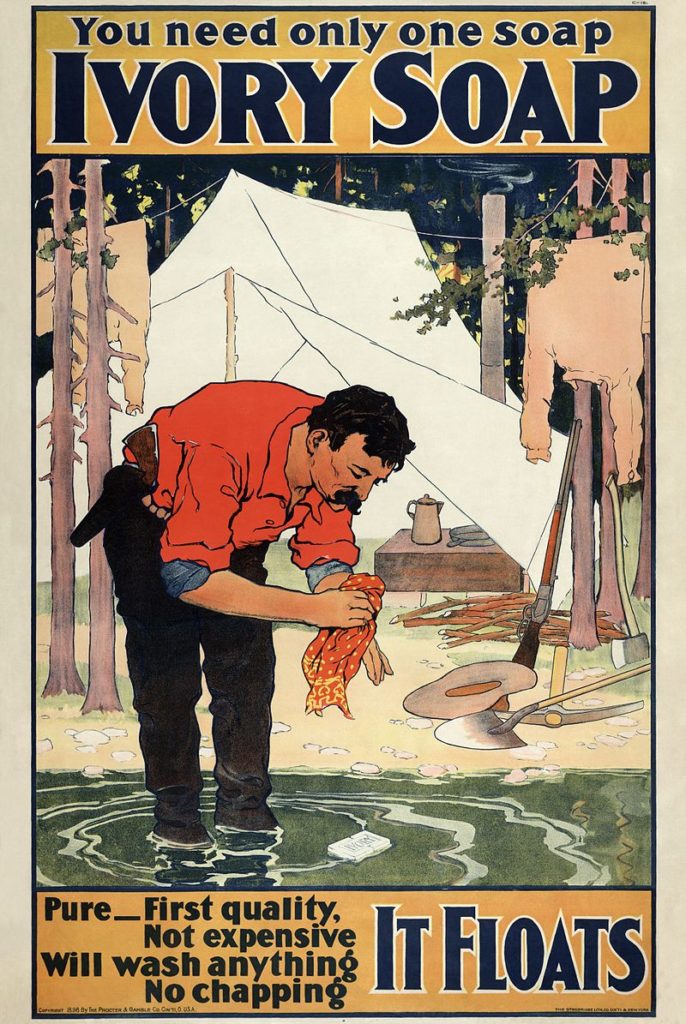
Image: “You Need Only One Soap—Ivory Soap”, 1898 advertisement for Ivory Soap, by the Strobridge Lith. Co., Cin’ti & New York. Copyright 1898 by The Procter & Gamble Co., Cin’ti, O., U.S.A. Restoration by Adam Cuerden. Image: Public Domain.
.
An 1898 marketing poster illustrates a miner, far away from the comforts of city life, washing in a pond, with the most affordable, most versatile, most pure soap floating at his side.
The presence of commercial soap didn’t necessarily reach the frontier, making it necessary for homesteaders to continue making their own throughout the Old West Era. Eventually, soap became readily available at General Stores, but many considered it downright unnecessary to spend hard-earned money on something they could create with their own two hands.
.
Invitation
.
I would’ve been one of the first to barter for ready-made soap at the General Store.
What about you? Would you find soap-making a fulfilling, rewarding task? … or not?
Please scroll down and comment.
.
6 INTERESTING FACTS ABOUT SOAP
- Ancient Babylonians made and used soap.
- 7th Century Arab chemists made the first plant-oil soaps, perfuming and coloring their liquid and solid products.
- Soap fell out of favor with the fall of the Roman Empire in the late 4th century. The Roman Catholic Church saw bathing (and soap use) as hedonistic.
- In the 8th century, Italians and Spaniards knew soap making well.
- Many claim making soap became ubiquitous, mid-19th century, because of two wars: the Crimean War (1854-1857) and the American Civil War (1861-1865). Florence Nightingale brought hygiene into British field hospitals in 1854 and British deaths due to disease decreased. This lesson was not lost on Americans who instituted hygienic reforms among soldiers. Accustomed to regular soap use, soldiers returning from battle brought their new, clean habits home.
- A chemical reaction bonds lye with fat, and creates an entirely different compound: soap, thus gentle to skin, clothes, wood, metals and everything else.
.
Please share this post with anyone interested in history.
.
Related Articles
.
.
Updated September 2021
Copyright © 2015 Kristin Holt LC

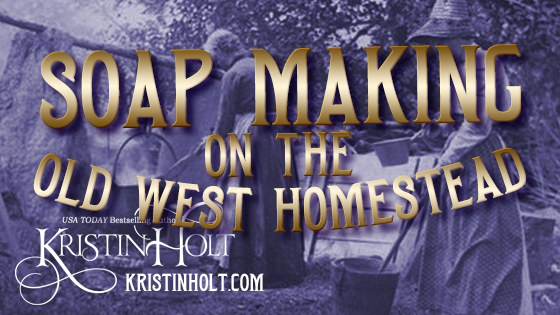
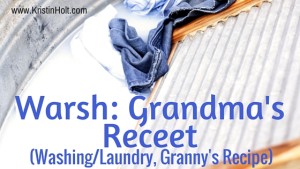
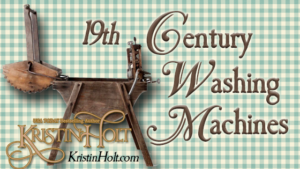
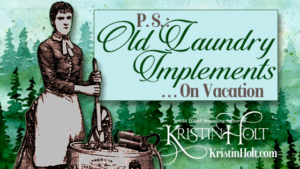

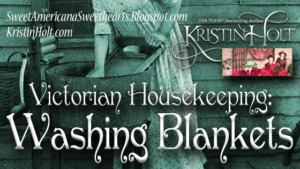

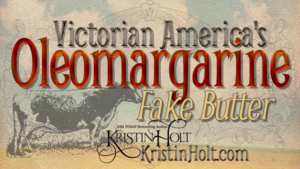

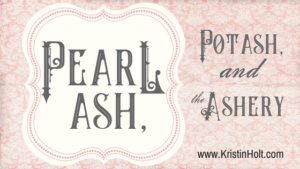
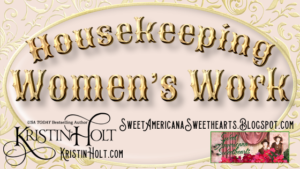
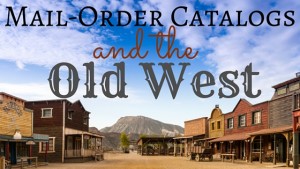
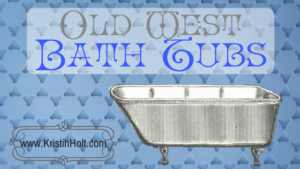
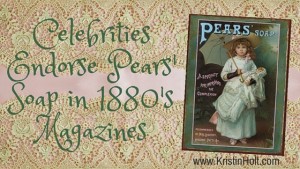









Hi Kristin,
Thanks for an interesting blog. You write, “The bones were boiled down when the moon was full, of course.” Can you elaborate on this? Why of course?
Thanks
Elaine
Hi Elaine– I have no idea why (“the bones were boiled down when the moon was full”). That bit of sage advice is historic, and came from an old-time recipe quoted from the booklet Rocky Mountain Receipts Remedies. You’ll find that pamphlet here. Happy researching! ~Kristin
Fasacinating. Thank you for tkaing the time to hunt and write this informative piece. Much appreciated. Doris
You’re welcome, Doris. Thanks for stopping by. ~Kristin
I was always fascinated with my grandmother’s grease can, so I inherited it along with the matching salt and pepper shakers. Although she always had it under the cupboard near the stove, and poured into it any excess bacon grease, I can imagine her mother or grandmother had such a can for making soap!
So now, thanks to your post, I feel even more enchanted with the little can–though I’m sure I would have grumbled loudly on soap-making day.
Thanks, Bella, for stopping by and for your helpful comment. I’m intrigued with those housekeeping elements our grandmothers and great-grandmothers employed that are lost to progress and invention. I’m glad I don’t have to make soap! ~Kristin
My father recently told me about my grandmother’s soap making process. She would gather the grease in jars in the kitchen, and when there was enough mix in lye water. Apparently it smelled so strong he could smell it from 3 houses down! She lined containers with newspaper and poured in the soap. He said it was also grated for laundry soap. Very interesting!
Hi Lindsay–
Can you imagine how much work grandmas went to, just for household soap? Thanks so much for sharing your family’s tales about the process and how she used newspaper. So clever!
With thanks,
Kristin Holt
Thanks so much for this smashing soap info! Lovely collection of old recipes too….though not many of them safe enough to meet today’s standards. I guess people had tougher skins then and could withstand a bit of extra lye!
Hi Emma–
Thank you for stopping by! It’s fascinating, isn’t it? Lye soap seemed gentle enough to our great grandmothers. Soap-making is a fascinating blend of chemistry and old-time methods.
~ Kristin